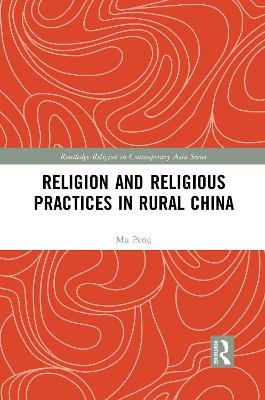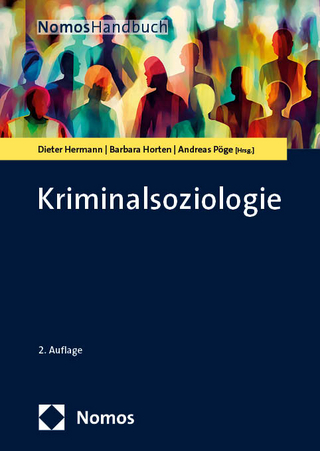
Religion and Religious Practices in Rural China
Seiten
2021
Routledge (Verlag)
978-1-032-08540-1 (ISBN)
Routledge (Verlag)
978-1-032-08540-1 (ISBN)
This book explores the daily religious life of most Chinese people spreads without institutional propagation. Based upon more than a decade of field research in rural China, the book demonstrates the decisive role of rites of passage and yearly festival rituals held in every household in shaping people’s religious dispositions.
This book explores how, unlike in the West, the daily religious life of most Chinese people spreads without institutional propagation. Based upon more than a decade of field research in rural China, the book demonstrates the decisive role of rites of passage and yearly festival rituals held in every household in shaping people’s religious dispositions. It focuses on the family, the unit most central to Chinese culture and society, and reveals the repertoire embodied in daily life in a world envisioned as comprising both the “yin” world of ancestors, spirits, and ghosts, and the “yang” world of the living. It discusses especially the concept of bai, which refers to both concrete bodily movements that express respect and awe, such as bowing, kneeling, or holding up ritual offerings, and to people’s religious inclinations and dispositions, which indicate that they are aware of a spiritual realm that is separate from yet close to the world of the living. Overall, the book shows that the daily practices of religion are not a separate sphere, but rather belief and ritual integrated into a way of dwelling in a world envisaged as consisting of both the “yin” and the “yang” worlds that regularly communicate with each other.
This book explores how, unlike in the West, the daily religious life of most Chinese people spreads without institutional propagation. Based upon more than a decade of field research in rural China, the book demonstrates the decisive role of rites of passage and yearly festival rituals held in every household in shaping people’s religious dispositions. It focuses on the family, the unit most central to Chinese culture and society, and reveals the repertoire embodied in daily life in a world envisioned as comprising both the “yin” world of ancestors, spirits, and ghosts, and the “yang” world of the living. It discusses especially the concept of bai, which refers to both concrete bodily movements that express respect and awe, such as bowing, kneeling, or holding up ritual offerings, and to people’s religious inclinations and dispositions, which indicate that they are aware of a spiritual realm that is separate from yet close to the world of the living. Overall, the book shows that the daily practices of religion are not a separate sphere, but rather belief and ritual integrated into a way of dwelling in a world envisaged as consisting of both the “yin” and the “yang” worlds that regularly communicate with each other.
Mu Peng is an Associate Professor in the Institute of Folk Literature at Beijing Normal University.
1. Words and Things: A Theoretical Map. 2. Dixia, Difu, and Diyu: the Contour of the Yin World. 3. Encountering Death: Funeral Rituals in Practice. 4. Bai, offering Incense and Hosting: Communicating with the Yin World. 5. Doing Handicraft: Bridging the Yin and Yang. 6. Esoteric Knowledge: Imitating Masters. 7. Conclusion or Reflection: I Just Could Not Bai
| Erscheinungsdatum | 01.07.2021 |
|---|---|
| Reihe/Serie | Routledge Religion in Contemporary Asia Series |
| Zusatzinfo | 76 Illustrations, black and white |
| Verlagsort | London |
| Sprache | englisch |
| Maße | 156 x 234 mm |
| Gewicht | 390 g |
| Themenwelt | Geisteswissenschaften ► Religion / Theologie |
| Sozialwissenschaften ► Ethnologie | |
| Sozialwissenschaften ► Soziologie ► Spezielle Soziologien | |
| ISBN-10 | 1-032-08540-1 / 1032085401 |
| ISBN-13 | 978-1-032-08540-1 / 9781032085401 |
| Zustand | Neuware |
| Haben Sie eine Frage zum Produkt? |
Mehr entdecken
aus dem Bereich
aus dem Bereich
eine Einführung
Buch | Softcover (2024)
De Gruyter Oldenbourg (Verlag)
CHF 41,90


